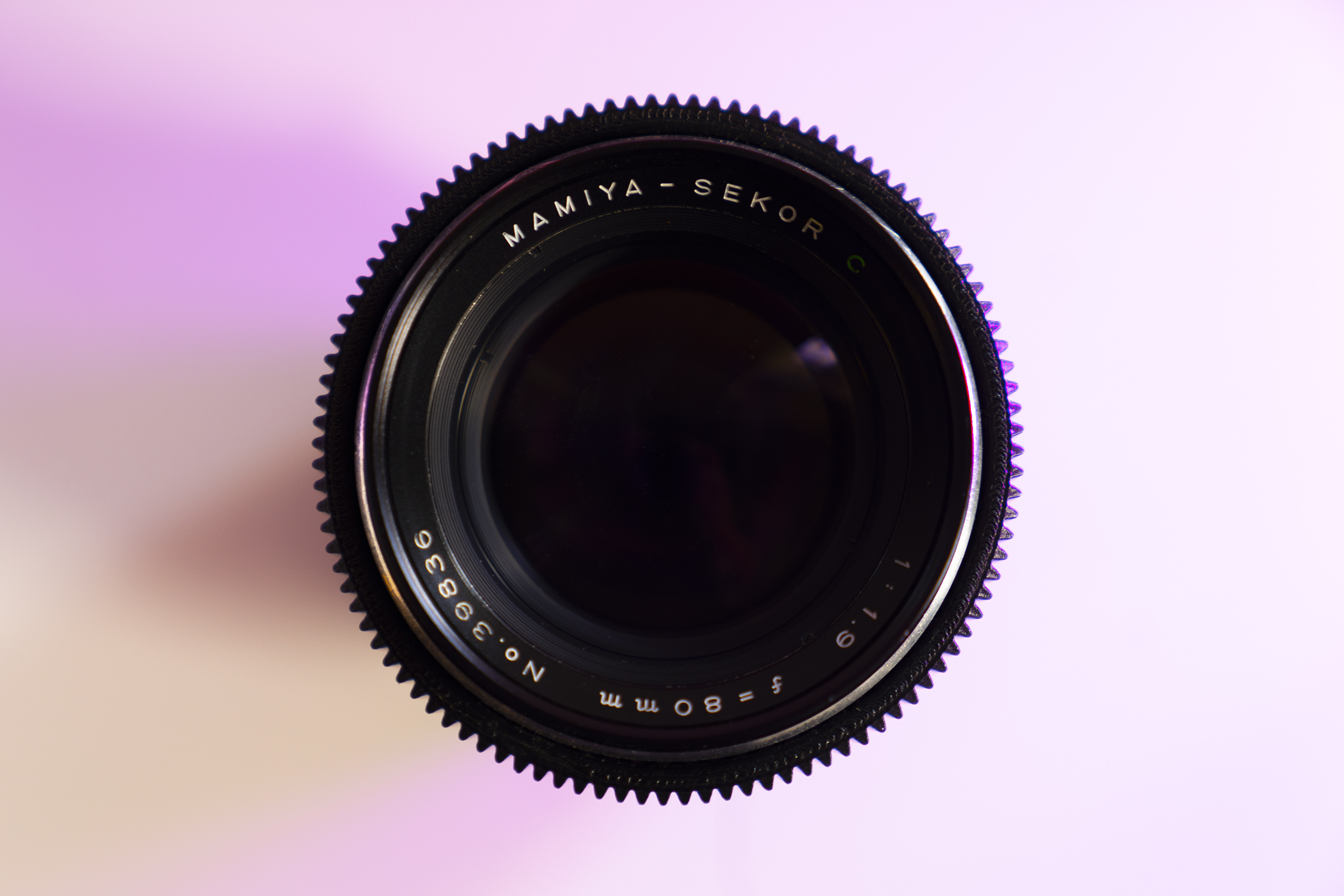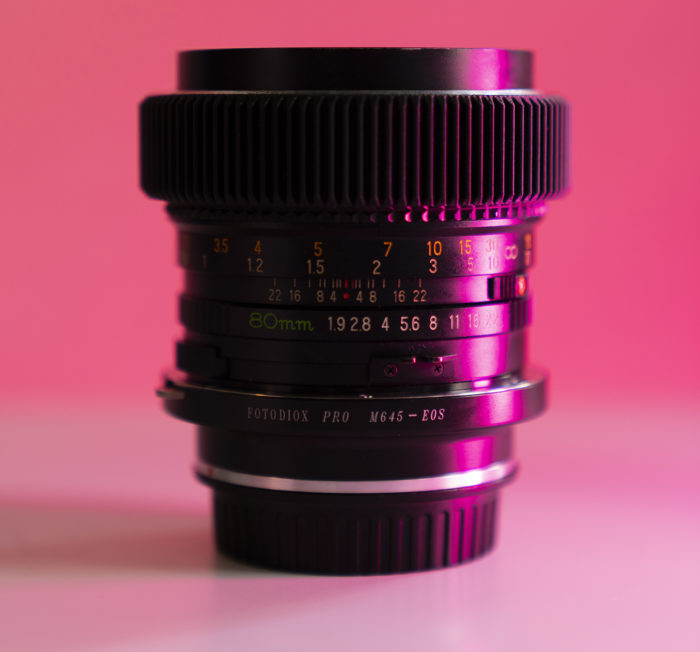Vintage Glass & “Lens Character” – What’s all the fuss about?

Imagine this. We walk into a huge white room, and under silk covers are two cars. With a flourish we dramatically whip off the covers. The first is a Tesla, a top of the range model boasting the latest technology and 0-60 time that will move internal organs. The second, an original Jaguar e-type, the quintessential vintage British sports car. So, which do you choose?
Let’s assume that nine out of ten people would choose the Tesla. After all, it’s not hard to understand why. It’s newer, more convenient, does most of what the E-type does but better and has a lot more new tech that generally makes driving less stressful. However, there’s a few, who, after some soul searching would choose the Jag…
Why are we talking about Jags instead of lenses?
It’s simple. The same idea that would motivate someone to choose the Jag over the Tesla is exactly the same idea that now motivates people to seek out vintage glass…and that motivation is ‘character’.
What’s lens ‘character’?
Defining ‘character’ when it comes to a lens is difficult. Ask ten people and you’re likely to get ten different answers. Although our definition of character is an optical flaw that is visually or aesthetically pleasing. In comes the problem. Modern lenses, with multi coating and precision optics are essentially flawless, however by removing the flaws, we have in many respects produced lenses that are oddly devoid of character.
Veiling flair, distorted bokeh, softness, vignetting and ghosting have all been virtually eliminated in modern lens design, some for good reason, others maybe not but these characteristics that many years ago were deemed ‘optical flaws’ are now being sought out by many as a means to add a distinct character to their work.

Our vintage lens of choice – The ‘Dark Knight’ Mamiya Sekor – C 80mm f1.9, show here with Canon adoptor and custom Cine gearing.
Tell me more of this magic
It would be easy to dismiss this new keen interest as simply the odd indy film maker looking for new ways to shoot. However we’d all be wrong… hello Hollywood. When filming the second instalment of his Dark Knight trilogy Nolan and his DOP used an adapted Mamiya 80mm lens from a 1980’s medium format camera for many of the IMAX 65mm sections of the film. If you’re still all about the ‘new’ however, head over to lens manufacturer Arri and Sigma who have been developing the FF’classic’ range of cine lenses. They flare and ghost like older vintage glass but have the resolving power of newer modern lenses. Maybe a win-win?
Yes, yes, so what’s better?
Firstly, should you be running out to sell all your ‘boring’ perfect glass? Absolutely not. Why? Let’s bring it back to the cars. You could choose the Tesla, or the Jag. However, let’s imagine you could have both. The Tesla for your commute to work with its functionality, technological grace, reliability and comfort and the Jaguar on the weekend, with its quirks, its faults, but also its interesting character.
